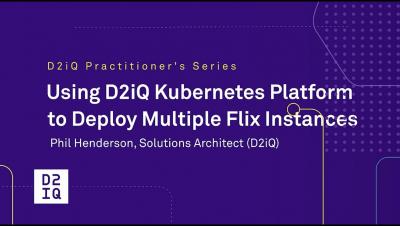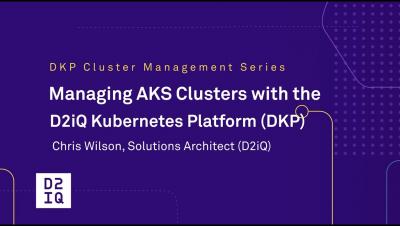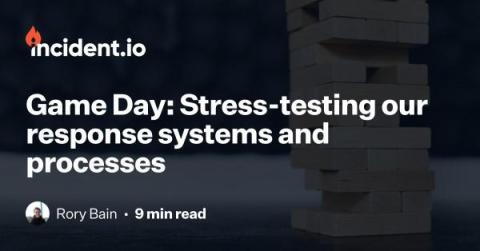Operations | Monitoring | ITSM | DevOps | Cloud
DevOps
The latest News and Information on DevOps, CI/CD, Automation and related technologies.
Azure Storage - All Subscriptions listed by Size
As a Microsoft Azure user, it’s essential to keep track of your storage usage to prevent exceeding your storage limits or wasting resources. In this article, we’ll guide you on how to get the total size of storage used in Azure per subscription.
Managing Azure Kubernetes Service (AKS) with the D2iQ Kubernetes Platform (DKP)
Getting Out of the 2010s Era of Alarm Avalanches
Between on-premises data centers and private, public, and hybrid clouds, today's networks have never leveraged a more comprehensive range of technologies, nor have those technologies been this interconnected. The result is that networks are now far more capable than ever before, and are able to augment their capabilities by leveraging other technologies to their highest and best use.
Game Day: Stress-testing our response systems and processes
At incident.io, we deal with small incidents all the time—we auto-create them from PagerDuty on every new error, so we get several of these a day. As a team, we’ve mastered tackling these small incidents since we practice responding to them so often. However, like most companies, we’re less familiar with larger and more severe incidents—like the kind that affect our whole product, or a part of our infrastructure such as our database, or event handling.
NewStore Uses Sleuth to Optimize Ways of Working
A Guide to the Best Free and Paid DNS Services
DNS stands for the Domain Name System. This system translates website names into IP addresses so that those sites could be loaded by various devices. When you are browsing the internet, you get assigned a server automatically when you are loading pages. Unless you have your own server, this might not be an ideal option. The server you use is directly responsible for the loading speed. And if it goes down, there will be no internet connection at all.
Multi-Cloud Deployment: Deploying Consistent Infrastructure Across AWS, GCP, Azure + More
Complete your Software Supply Chain with GitLab CI/CD and JFrog
How To Monitor Server Performance with MetricFire
Servers are a critical component of modern IT infrastructure, and they play a key role in delivering the services and applications that power our digital world. Efficient servers can handle higher workloads and respond to requests more quickly, resulting in faster application response times and improved customer satisfaction. By optimizing server efficiency, businesses can ensure that their servers are operating at their maximum potential, with all resources being utilized to their fullest capacity.











